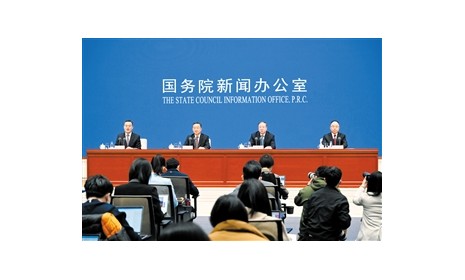2024年1月11日,欧盟食品安全局就一种亮氨酰氨肽酶(leucyl aminopeptidase)的安全性评价发布意见。
据了解,这种食品酶是由非转基因曲霉菌株AE-MB生产的,旨在用于五种食品制造过程:生产调味制剂;加工植物和真菌衍生产品以生产蛋白质水解产物;加工肉和鱼产品以生产蛋白质水解产物;改良的肉和鱼产品以及加工酵母和酵母产品。
经过评估,专家小组认为,在预期的使用条件下,不能排除饮食暴露引起过敏反应的风险,但这种可能性被认为很低。鉴于得出的暴露极限,无法确定食品酶的安全性。因此,评估小组得出结论,这种食品酶在预期使用条件下不能被认为是安全的。部分原文报道如下:
The food enzyme leucyl aminopeptidase (EC 3.4.11.1) is produced with the non-genetically modified Aspergillus sp. strain AE-MB by Amano Enzyme Inc. The food enzyme is considered free from viable cells of the production organism. It is intended to be used in five food manufacturing processes: processing of dairy products for the production of (1) flavouring preparations; processing of plant- and fungal-derived products for the production of (2) protein hydrolysates; processing of meat and fish products for the production of (3) protein hydrolysates, (4) modified meat and fish products and processing of (5) yeast and yeast products. Dietary exposure to the food enzyme–total organic solids (TOS) was estimated to be up to 2.273 mg TOS/kg body weight (bw) per day in European populations. Genotoxicity tests did not indicate a safety concern. The systemic toxicity was assessed by means of a repeated dose 90-day oral toxicity study in rats. The Panel identified a no observed adverse effect level of 183 mg TOS/kg bw per day. The calculated margin of exposure for each age group was 135 (infants), 81 (toddlers), 83 (children), 109 (adolescents), 160 (adults) and 184 (the elderly). A search for the similarity of the amino acid sequence of the food enzyme to known allergens was made and no matches were found. The Panel considered that the risk of allergic reactions by dietary exposure cannot be excluded, but the likelihood is low. The safety of the food enzyme could not be established given the derived margins of exposure. Therefore, the Panel concluded that this food enzyme could not be considered safe under the intended conditions of use.
















